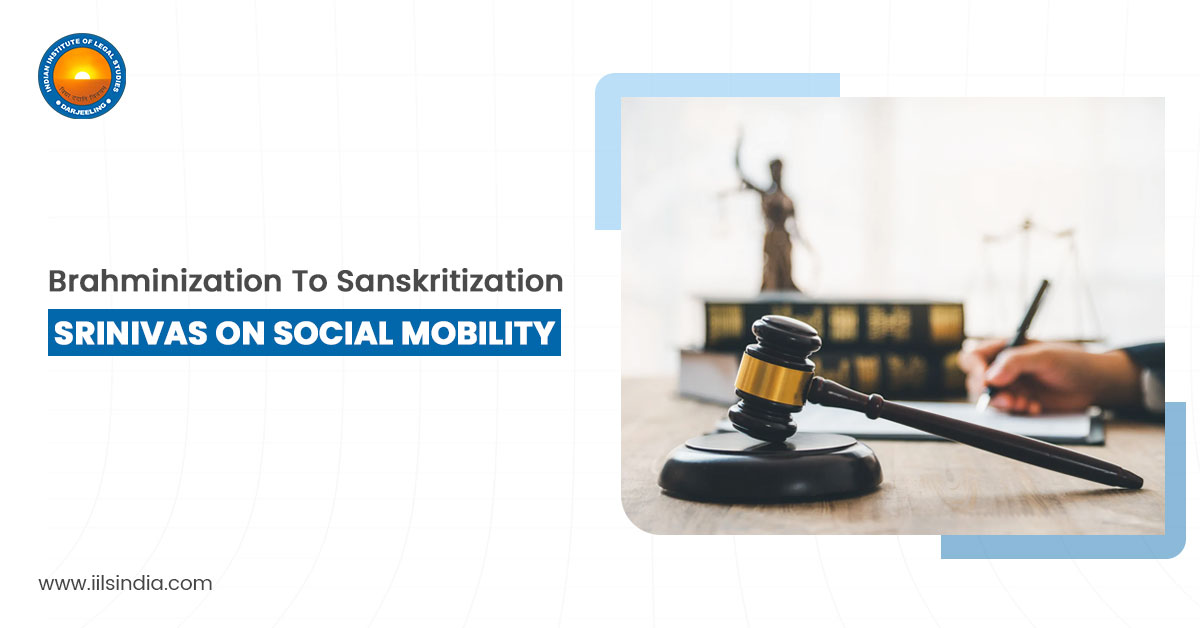Status is quite an important terminology for the discipline Sociology. Status is the social position, that one holds in the society. This not limited to a single number. One can hold as many statuses, that is called multiple status. One can be a man, brother, a son, a father, a son-in-law, a brother-in-law, business man, birth order, religion, caste, singer, gymnast, cricket player, artist simultaneously, these all are one’s status. Among all these, the status which is most important is one’s occupation. So, that is called the Master status. The students of Indian Institute of Legal Studies Cooch Behar, is one the best colleges for law, they are going to be lawyers one day. The social status of the students would change and replace the occupation from ‘studenTs’ to ‘lawyer’. The status is of two types. One is called achieved status, on which one has full control to become or change. In contrast to that, the kind of status one can not change by any means, which is assigned by birth is known as ascribed status.
Sociologist Mysore Narasimhachar Srinivas in his studies found that, members of the society tend to change their ascribed status, especially who hold lower status than others. This is a long term process. Like, caste is ascribed status. This is an unique feature of Indian rural society, which is also a way of stratification. Caste has it’s origination from the Latin word Casta, which means Unmixed or Pure. As one’s caste status is assigned by birth, the Endogamy rule is followed for the selection of mate for the institution of marriage. Rule of exogamy is also accepted, but only hypergamy is allowed. Hypogamy is strictly banned as per caste rule. So, there is scope of change is caste status for women, through marriage. M.N.Srinivas in his studies of Rampura district discovered the practice of upward social mobility, which he termed Sanskritization. Social mobility is the practice of changing one’s status, which is of two types — Horizontal and Vertical. Vertical mobility can further be divided into two sub- types – one is Upward and another one is Downward Mobility. Terms are in itself self explanatory. This Horizontal Mobility can be Intergenerational and Intragenerational mobility.
The Brahmins were followed formerly for their cultural practices or lifestyle. So, he used the term Brahminization. Here this suffix & ization; is used to denote a process. After some more detailed observation it came in notice that, not only Brahmins but other upper castes like Kshatriya or Vaishyas were also being imitated. So, he changed the terminology into Sanskritization. The Sanskritization is not a short term process. This may take generation by generation to uplift the social status of a group or a family. People generally follow the practices of upper caste people. The tendency to imitate some religious practices, cultural practices like eating vegetarian food, and quitting the practices like smoking and drinking etc. In earlier times, teaching was the profession of Brahmin caste, but, now there is no such strict rule is followed in the Indian society. Here, in this college, various many other things get priority apart from teaching, like manners, discipline, cultural enhancement etc. which makes this institution as one of the best colleges for law.

